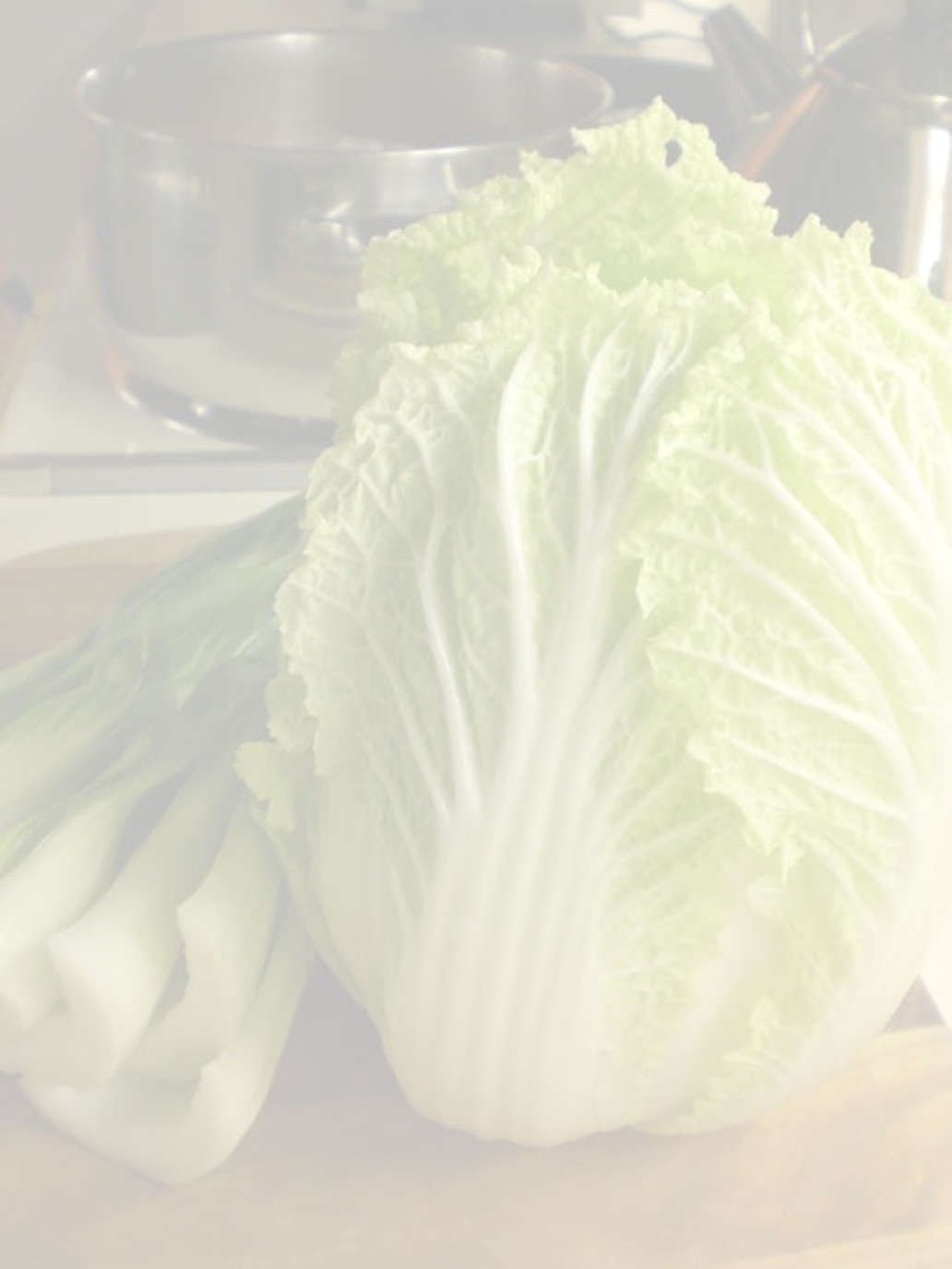FOOD AND DRINK COMPANIES HAVE ENORMOUS BUDGETS- BUT WE HOLD THE PURSE
The advent of take-out and drive-thru promised less stress at the end of a long work day. But soon pizza, burgers, and nuggets turned into school lunch. Snack foods like chips, and soda replaced lunch at the office.
Rather than relieving stress eating the same narrow repertoire of processed foods at home, at work, and in school has left us and our children vulnerable. We have seen this caption on the world’s news - ”U.S. children are developing adult type diabetes at an alarming rate”.
Today’s children are more familiar with pizza, buffalo wings, fried chicken, cheese tacos, french fries, and soda than they are with rice and beans and water. These fatty, sugary, and fiber-less foods cannot match the abundant nutrition stored in plants. Kids are overfed and undernourished. Above all we still suffer from a constant stress which depresses our immune system.
We need a nourishing and delicious relationship with bok choy, spinach, Swiss chard, kale, cabbages, collards, whole oats, brown rice, quinoa, barley, buckwheat, corn, amaranth, tomatoes, peaches, peppers, strawberries, plums, oranges, bananas, blueberries, pumpkin, yam, taro, ginger, cauliflower, broccoli, avocado, lentils, pinto beans, chickpeas, peanuts, soy beans, raw unsalted walnuts, almonds, pistachios, and sesame seeds. These are rare offerings among commercially prepared foods. We desperately need to renew our acquaintance with the great variety of foods from nature.
This simple fact remains: good nutrition protects us from the ravages of our pressured schedules.
How might we find time within our busy schedules to shop and cook? We identify a myriad of obstacles as we dance around this new idea. If we were to cook, where can we find good simple recipes? Do we know anyone else who’s doing it. Even when we want change, it can be daunting. Begin simply by noticing the colors of the foods in your plate. Increase greens, reds, and yellows; reduce browns and white. Prepare the soup from our class with family or friends. Make a large quantity for everyone to take some home. Add lots of greens like kale or collards to your cooked beans. Homemade soups and beans freeze well. Throughout the week you can mix them with grains and other foods. Try and eliminate red meat, cheese and dairy. Avoid white flour, do not eat fried foods, and stay away from sweetened drinks. These steps serve to protect us against obesity, heart disease, diabetes, and cancer.
Any child can help to prepare whole food recipes like the ones we prepare in the Greens on a Budget class and yet opportunities to learn these simple skills are absent from their lives. Schools have allowed franchises to take over the cafeteria which no longer functions as a kitchen. Students lack a food laboratory. They never experienced an integrated food curriculum. Then when at home the family calls for take-out.
Children need to develop a healthy relationship with the foods that nourish them. If they are very young they can pluck grapes from their stem, separate an orange in sections, add ingredients to a bowl. Older kids must learn to use a sharp knife. And no matter our ability we can all draw or write about our food experiences.
Children who spend time in the kitchen learn to value food and the hands that prepare it. When children linger at the produce section of the market they see the rainbow of colors that is harvested from the earth. Encourage them to slow down and observe. Mentor them to become less wasteful. They will learn to respect themselves and their environment. They will feel and function better in school. They may even demand real food.
As the adults that we are we could lead by example and begin by trading some old habits for new wholesome ones. Consider some of the following suggestions:
Choose water as your only beverage for one month and notice that your craving for sugar slowly melts away. Add slices of cucumber or fruit to your water for a festive and refreshing presentation at the dinner table.
Avoid meats and fried foods for a month and notice the changes in your digestion. Register any improvement in your energy and well-being. Take before and after close-up photos of your face.
If you smoke, set a quit date. Talk to your doctor or your pharmacist. Make a plan. Find a buddy who will support you day to day. Step into the change with ease. Now is the right time. You can do it. As soon as you quit smoking your burnt taste buds begin to heal. You can expect them to recover in a few weeks. You will enjoy food without the use of too much sugar, too much salt, or too much fat. And every bite will provide you the gift of its full nourishing potential.
Allow for your body to adjust. As you begin to load up on healthier foods your body will start to get rid of accumulated toxins. Be kind to yourself for the first three to six weeks. Drink plenty of water, rest, try to be aware of your stresses, and breathe. Do not let this experience go unnoticed. Write down the changes you experience in your body and your mind. Take excellent care of yourself. When you get frustrated read what you have been writing, write some more, and renew your commitment to yourself.
We cannot afford to ignore food’s power. Food helps us celebrate cultural and family traditions. Food is at the center of most religious and social holidays. Food holds a firm place in our every day life. Food nourishes our body and soul. Food is healing medicine. Let us participate in its bounty.
Printed on the inside of a tea box is a quote that reads something like this ”The way I live my days is after all the way I live my life”. How do we change when one day follows the next?

